Critical Care Faculty
Course Director
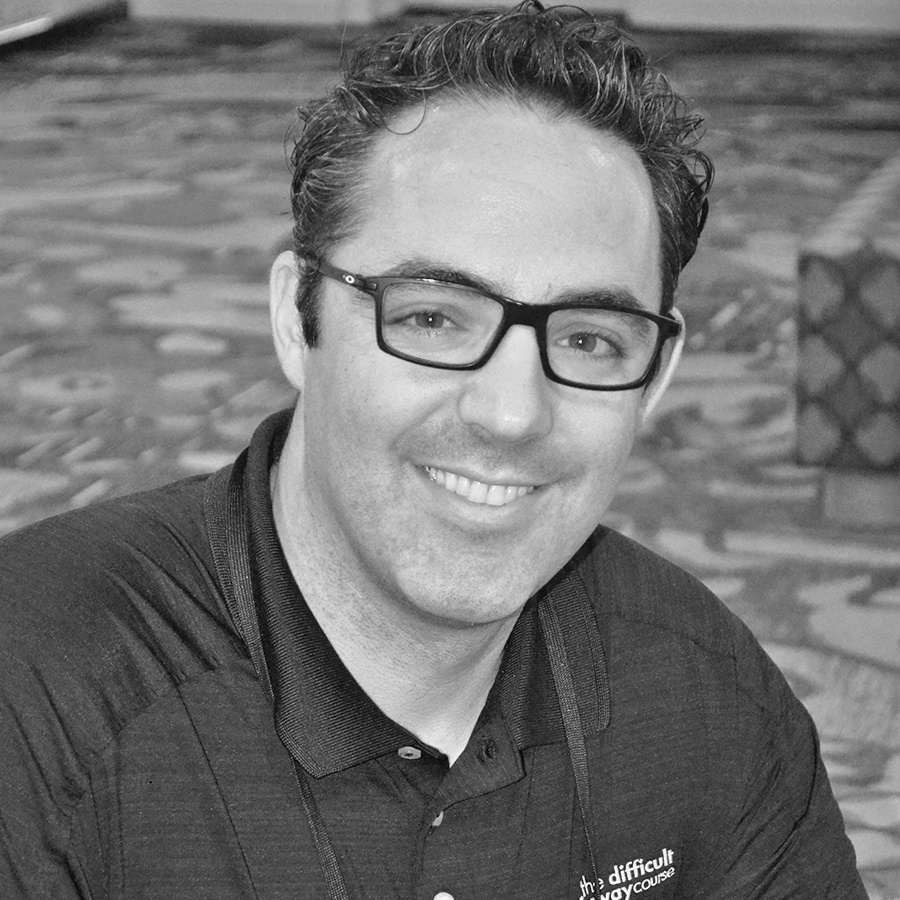
Jarrod Mosier, MD
Director, The Difficult Airway Course: Critical Care
Professor
Department of Emergency Medicine
Department of Medicine, Division of Pulmonary, Allergy, Critical Care and Sleep
University of Arizona College of Medicine - Tucson
Medical Director, ECMO
Banner University Medical Center - Tucson
Tucson, Arizona
READ MORE
Faculty

Raquel R. Bartz, MD, MMCi
Associate Chair of Critical Care Medicine
Brigham and Women's Hospital
Associate Professor of Anaesthesia
Harvard Medical School
Boston, Massachusetts
Elizabeth Behringer, MD
Cardiac Surgical Intensivist
Department of Cardiovascular Surgery
Kaiser Permanente Los Angeles Medical Center
Los Angeles, California
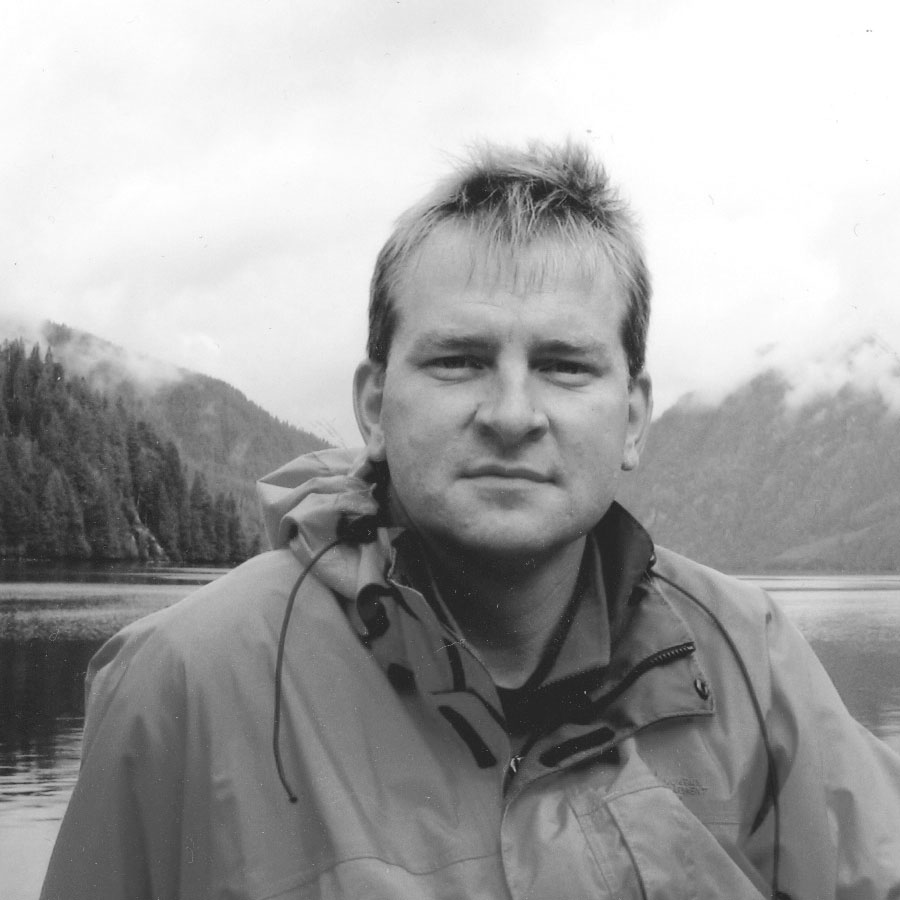
Peter G. Brindley, MD, FRCPC, FRCP Edin
Associate Director, Intensive Care
Professor, Critical Care Medicine
Adjunct Professor, Dossetor Ethics Centre
Adjunct Professor, Anesthesiology and Pain Medicine
Attending Physician, General Systems Intensive Care Unit
Attending Physician, NeuroSciences Intensive Care Unit
University of Alberta
Edmonton, Alberta, Canada
READ MORE
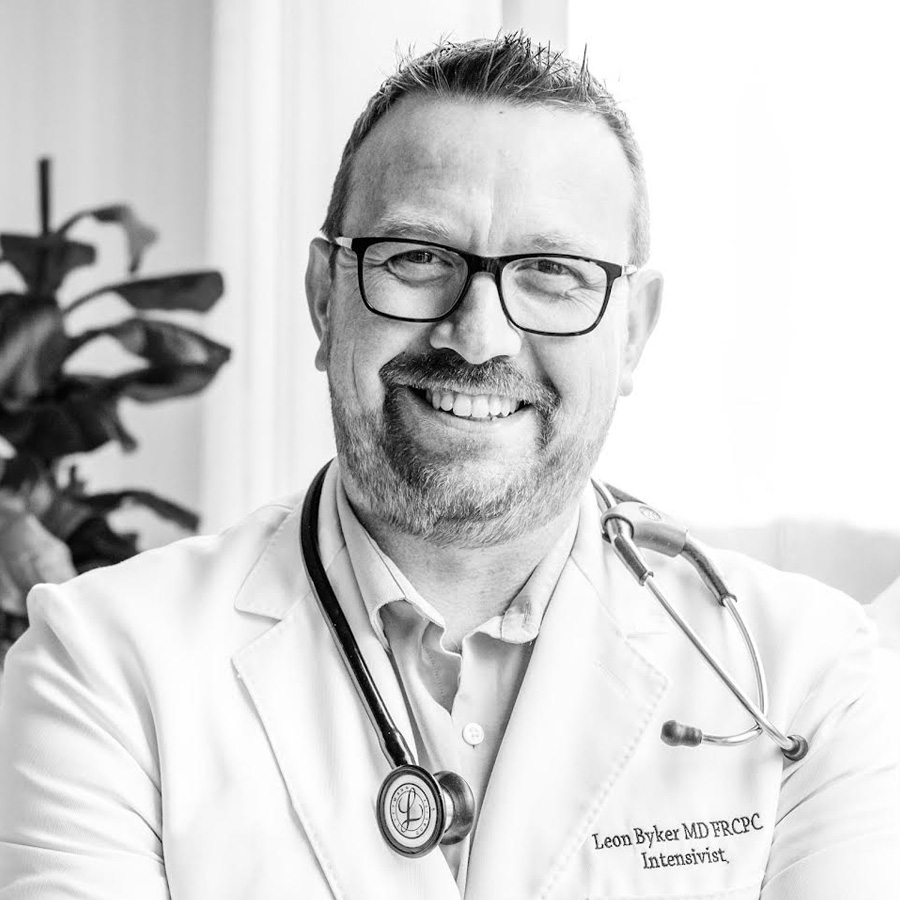
Leon Byker, BSc, MBChB, CCFP, FRCPC
Adult Intensivist and Internist
Critical Care Ultrasound
Department of Critical Care Medicine
University of Alberta
Alberta Health Services and Covenant Health - Grey Nuns Hospital
Edmonton, Alberta
Canada
READ MORE
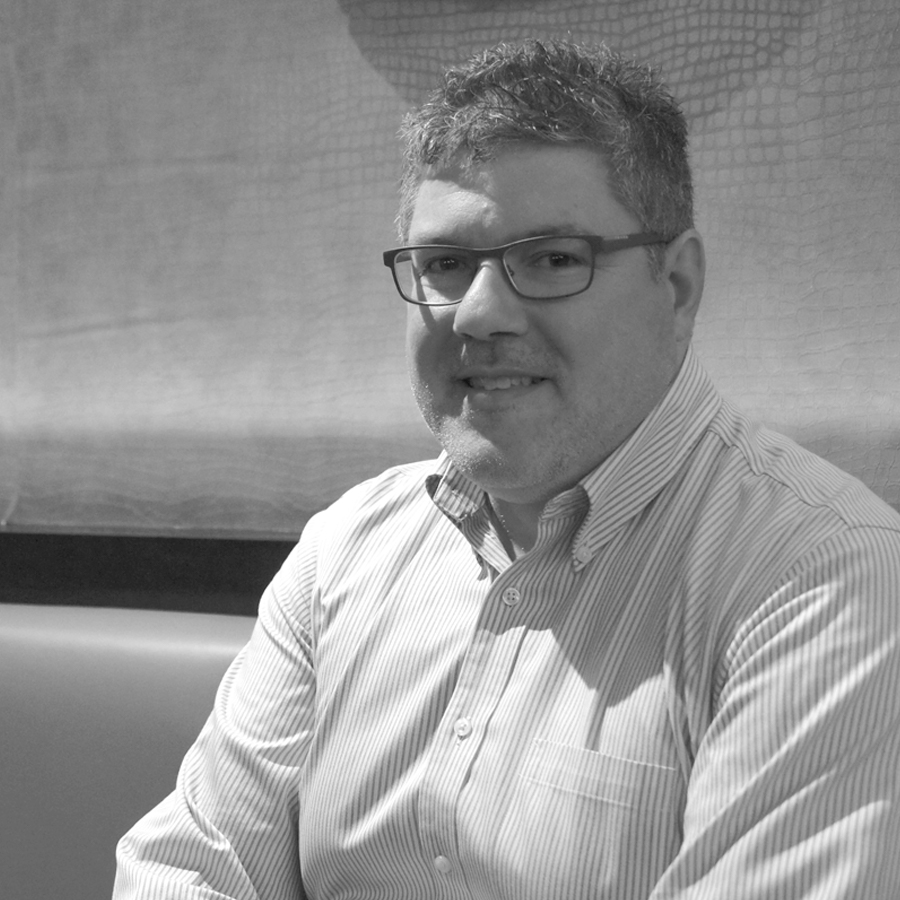
Davide Cattano, MD, PhD, FASA, CMQ
Professor, Department of Anesthesiology
Adjunct Professor, Department of ORL
McGovern Medical School, UTHealth Houston
Medical Director, Anesthesia Clinic,
Anesthesia Service Chief for Head & Neck Surgery
Memorial Hermann Hospital-TMC
Adjunct Professor, School of Dentistry, Department OMFS, UTHealth
Adjunct Professor, MAA Program, Case Western Reserve University
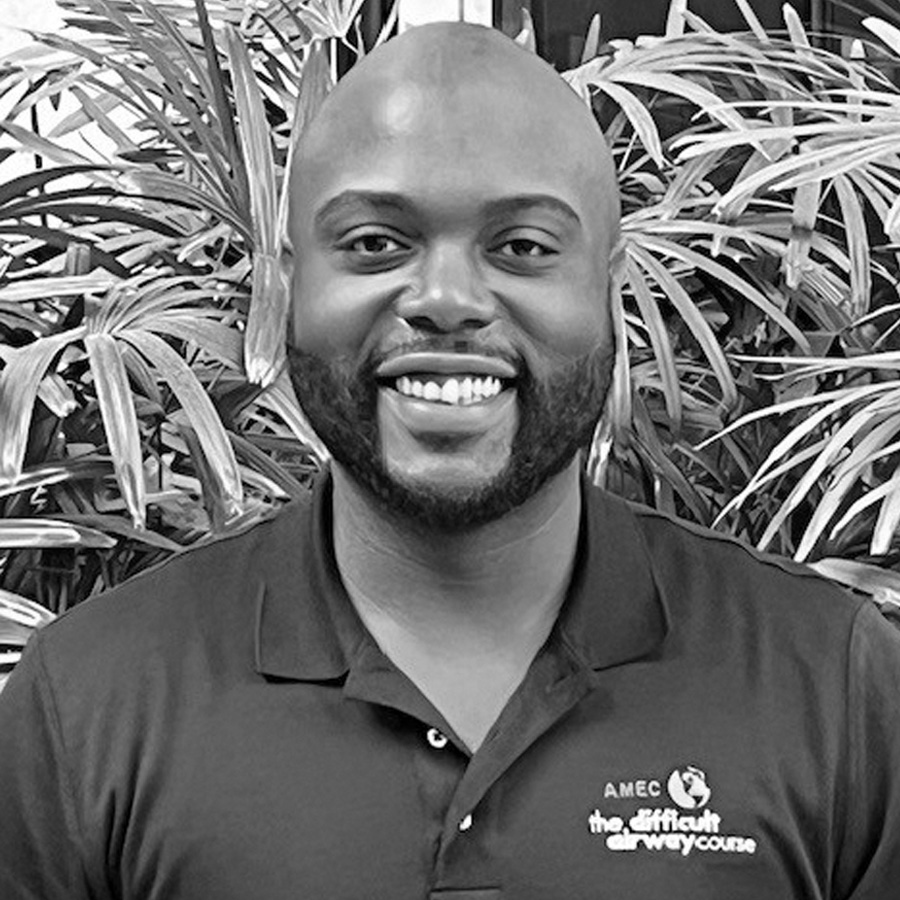
Jeremy D. Courtney, MD
Piedmont Pulmonary Critical Care and Sleep
Local Director for The Difficult Airway Course: Custom Program
Piedmont Henry Hospital
Atlanta, Georgia
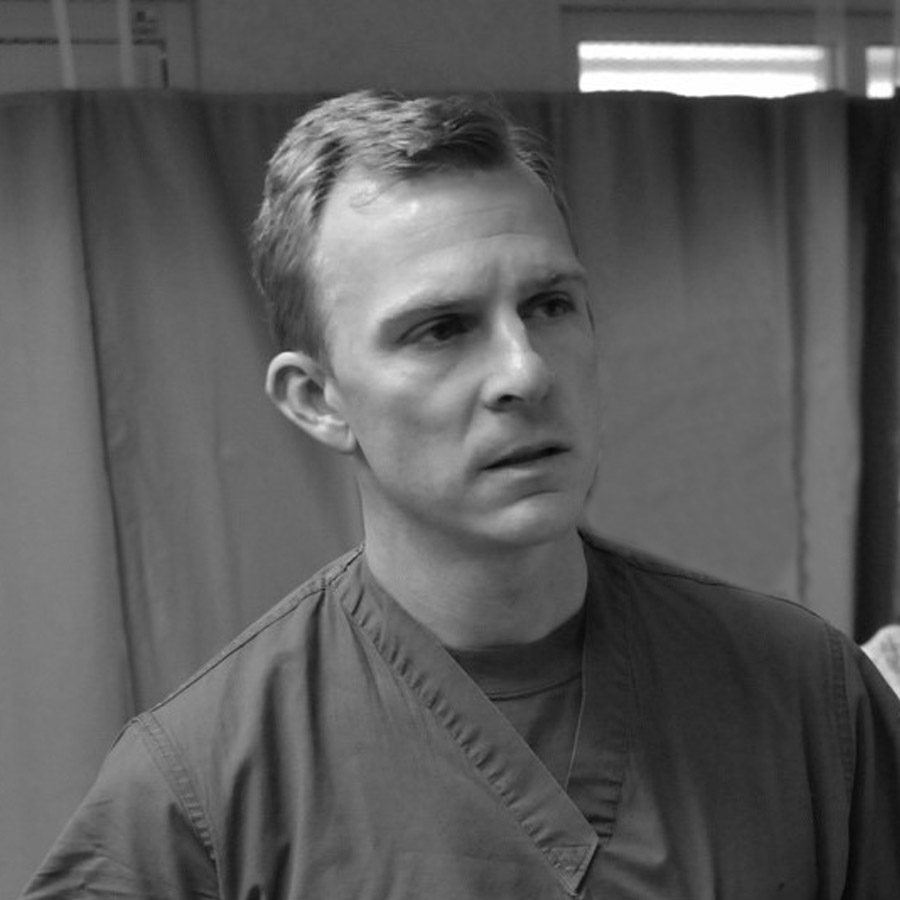
Alan Heffner, MD
Director of Critical Care
Director of ECMO Services
Professor, Carolinas HealthCare System
Pulmonary and Critical Care Consultants
Department of Emergency Medicine and Internal Medicine, Carolinas Medical Center
UNC School of Medicine - Charlotte Campus
Director, Medical ICU
Department of Internal Medicine, Division of Critical Care
Department of Emergency Medicine, Carolinas Medical Center
Clinical Assistant Professor, UNC School of Medicine
Charlotte, North Carolina

Orlando Hung, MD
Staff Neuroanesthesiologist
QEII Health Sciences Center
Professor, Department of Anesthesia
Dalhousie University
Halifax, Nova Scotia

Annette Ilg, MD
Attending Physician
Emergency Medicine and Critical Care Medicine
Mass General Brigham
Instructor, Emergency Medicine
Harvard Medical School
Boston, Massachusetts
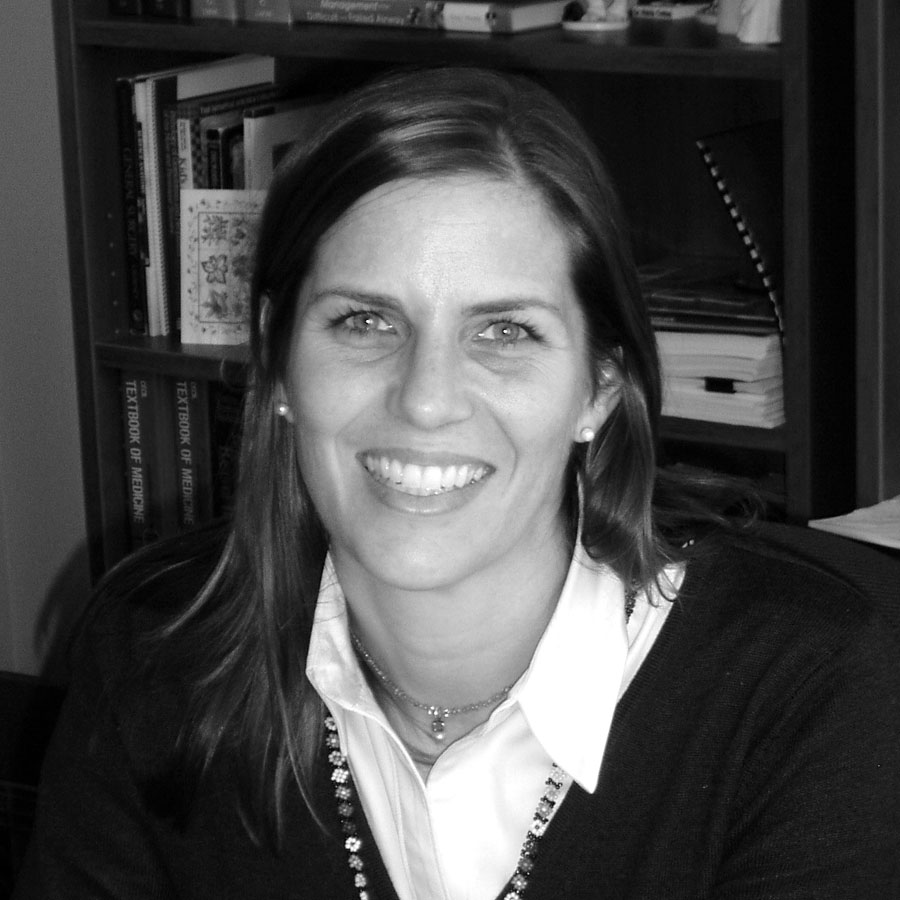
Liane B. Johnson, MDCM, FRCSC, FACS
Associate Professor
Department of Surgery
Division of Pediatric Otolaryngology - Head and Neck Surgery
Dalhousie University, Halifax
Nova Scotia, Canada

J. Adam Law, MD
Director, The Difficult Airway Course: Anesthesia
Professor, Anesthesiology, Emergency Medicine and Surgery
Dalhousie University, Faculty of Medicine
Attending Neuroanesthesiologist
Associate Head, Department of Anesthesia, Pain Management and Perioperative Medicine
QEII Health Sciences Center
Halifax, Nova Scotia, Canada
READ MORE

Kirk MacQuarrie, MD
Associate Professor of Anesthesiology, Neurosurgery & Emergency Medicine
Dalhousie University
QEII Health Sciences Center
Halifax, Nova Scotia, Canada
READ MORE

Katherine Mayer, MD
Assistant Professor, Emergency Medicine & Critical Care Medicine
University of Colorado School of Medicine
Anschutz Medical Campus
Aurora, Colorado
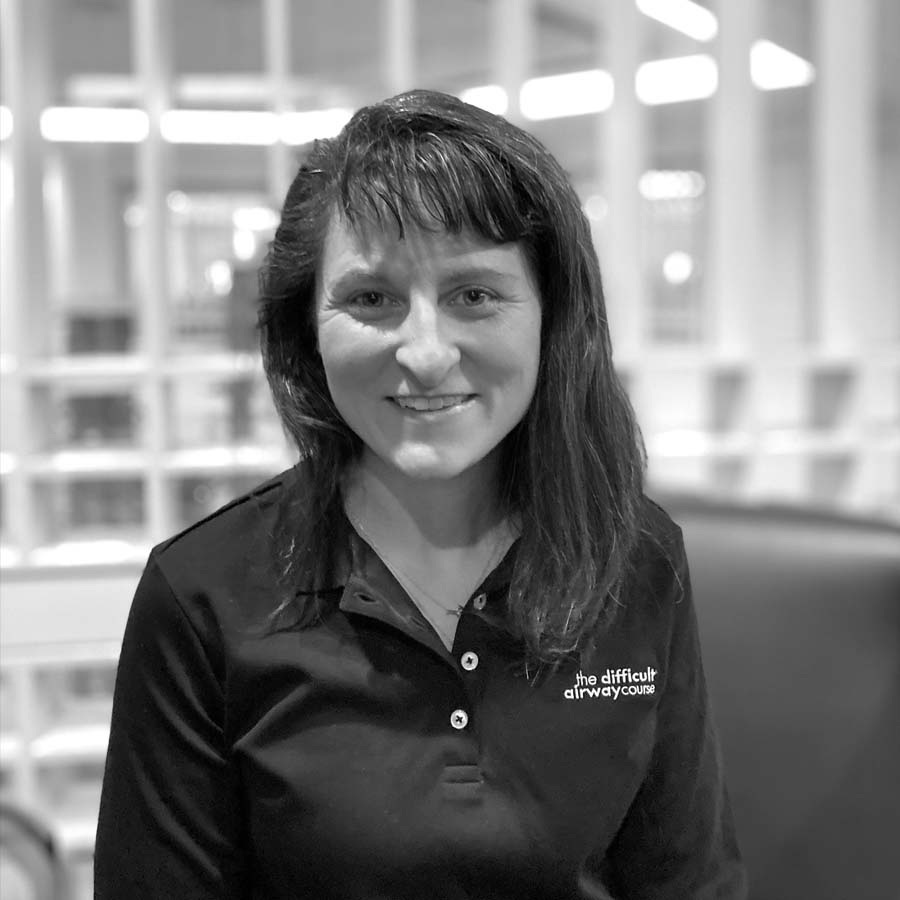
Katelin Morrissette, MD
Pulmonary and Critical Care Physician
University of Vermont Medical Center
Assistant Professor
Larner College of Medicine, University of Vermont
Burlington, VT
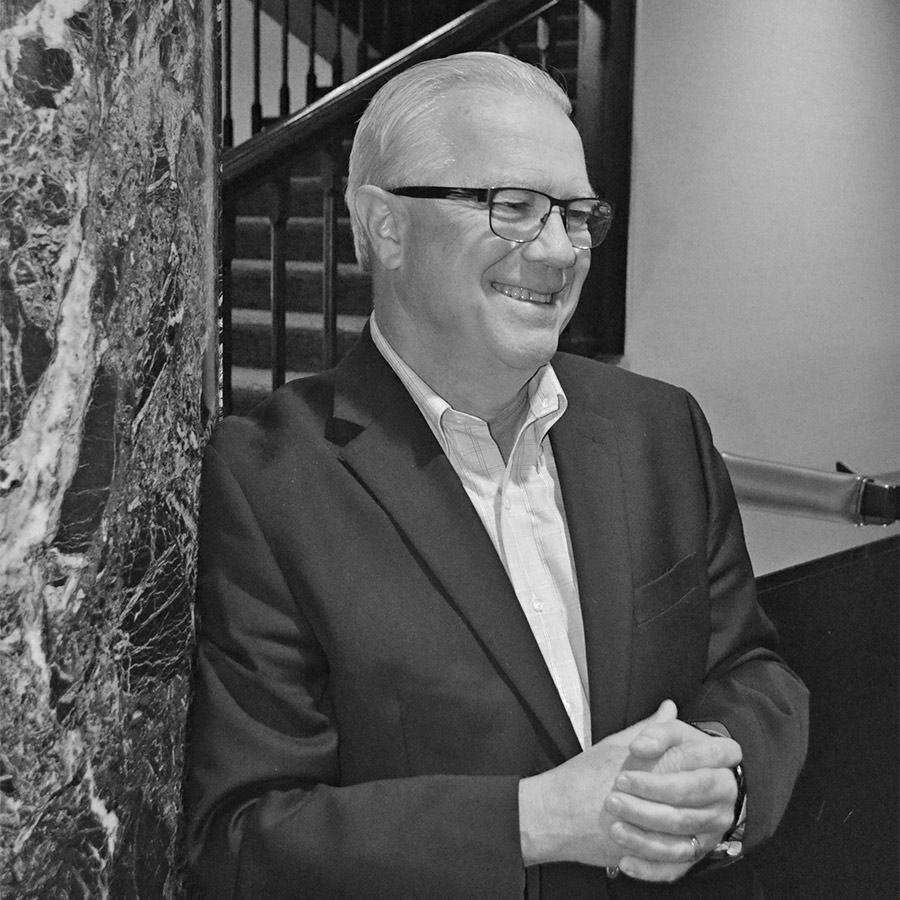
Michael F. Murphy, MD, FRCPC (EM), FRCPC (Anes.)
Practice Medical Director
St. Joseph's Hospital
South Tampa, Florida
Professor Emeritus, Department of Anesthesia and Pain Medicine
University of Alberta
Edmonton, Alberta, Canada
READ MORE
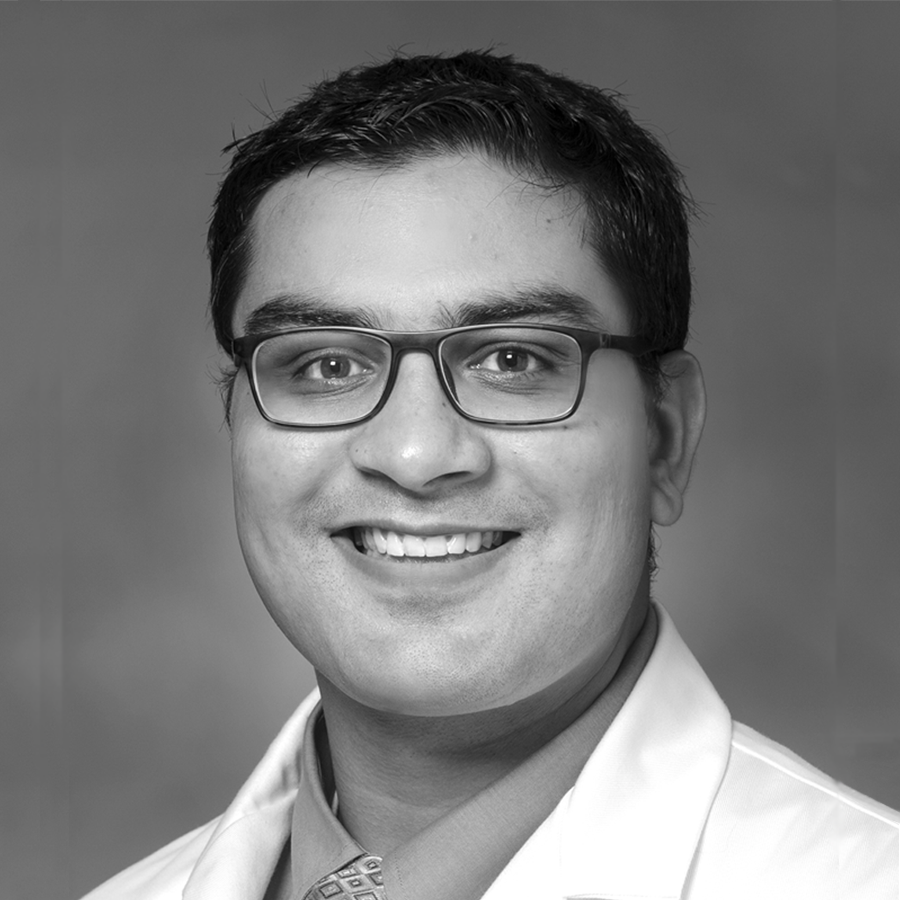
Bhupinder Natt, MD, FACP
Assistant Professor of Medicine, Clinical
Associate Program Director, Pulmonary & Critical Care Fellowship
Medical Director, Medical ICU,
Banner – University Medical Center South
University of Arizona
Tucson, Arizona
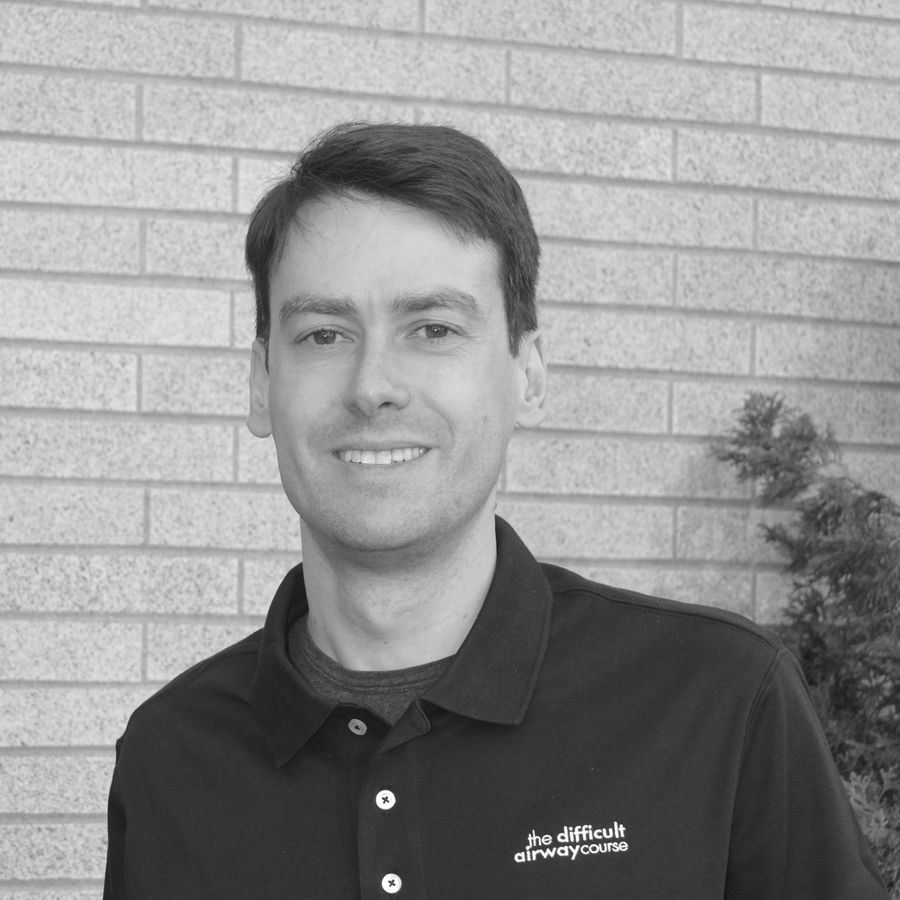
Matteo Parotto, MD
Assistant Professor
Department of Anesthesia and Interdepartmental Division of Critical Care Medicine
University of Toronto
Department of Anesthesia & Pain Management
Toronto General Hospital
Toronto, Ontario, Canada
READ MORE
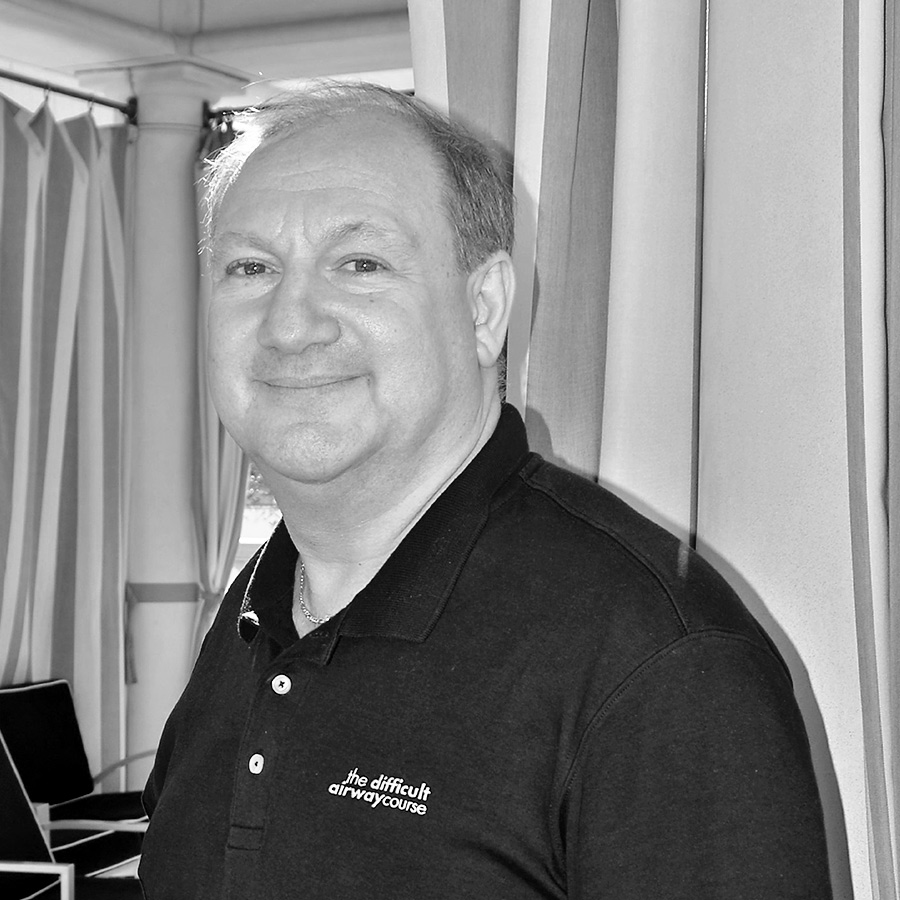
John C. Sakles, MD, FACEP, FAAEM
Professor
Department of Emergency Medicine
University of Arizona College of Medicine
Tucson, Arizona
READ MORE
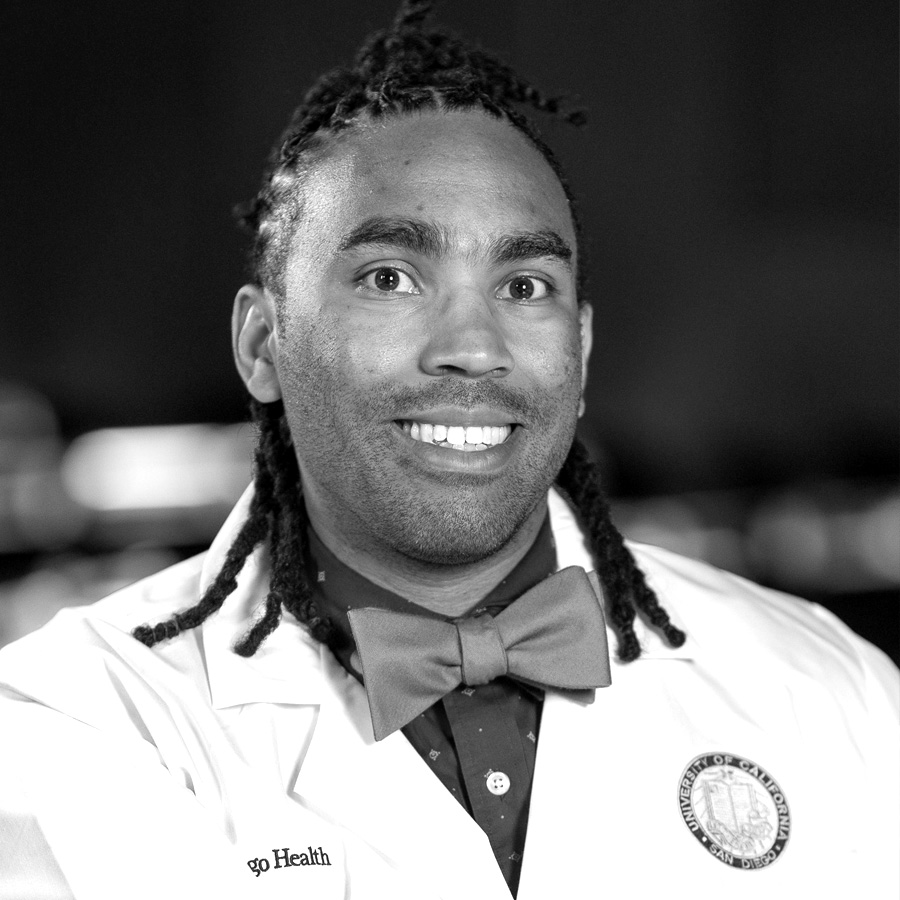
Caleb Taylor, MD, MPH
Interventional Pulmonary Care Fellow
The University of California, San Diego
San Diego, California
READ MORE
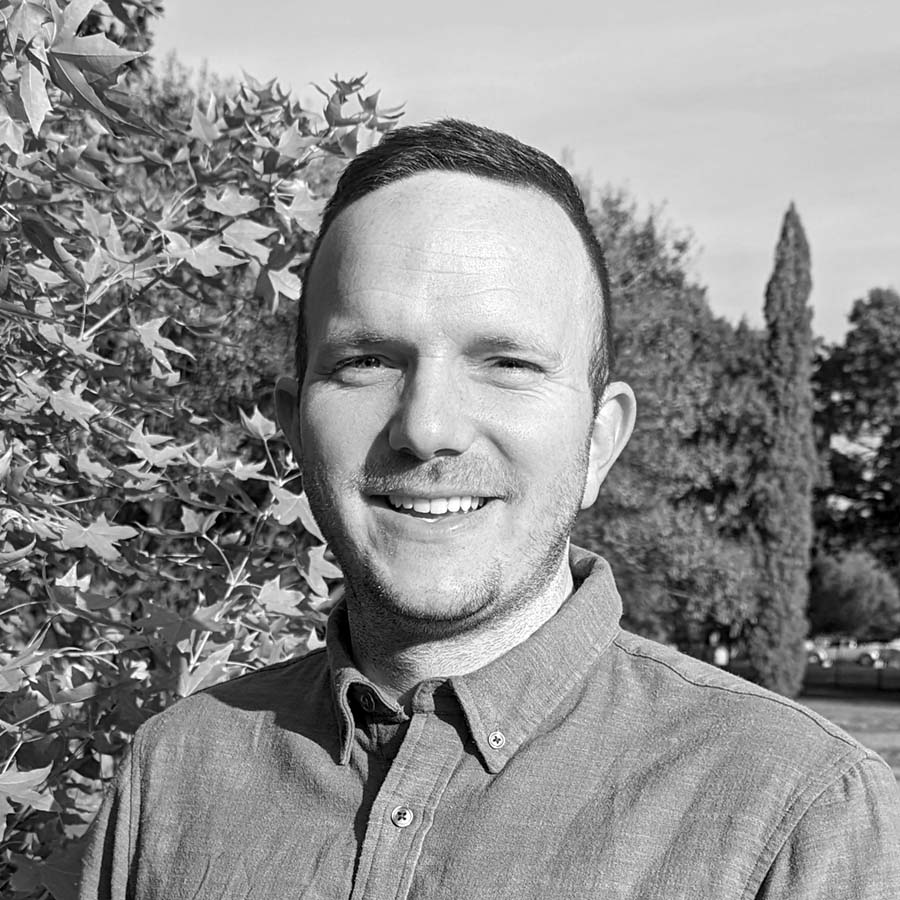
John Vassaur, MD
Attending Physician
Pulmonary and Critical Care Medicine
Baylor University Medical Center
Clinical Assistant Professor of Medical Education
Texas A&M University College of Medicine
Dallas, Texas
